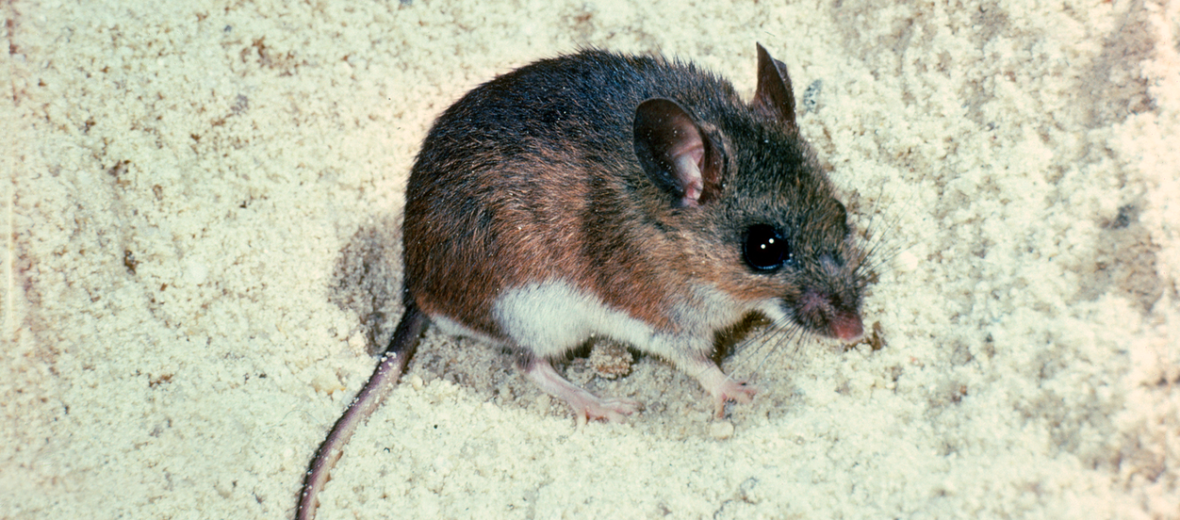
The cotton mouse derives its name due to their habit of fashioning nests from cotton. They can be found in Alabama, Arkansas, Florida, Georgia, Kentucky, Louisiana, Mississippi, Missouri, North Carolina, Oklahoma, South Carolina, Tennessee, Texas, and Virginia. Their preferred habitats are hardwood forests, swamps, the outskirts of cleared fields, salt savanna edges, The borders of dunes, scrublands, as well as rocky bluffs and ledges. With a stable population, these critters are listed as Least Concern by the IUCN.
First the Stats…
Scientific name: Peromyscus gossypinus
Weight: Up to .98 ounce
Length: Up to 4 inches, plus up to a 3.1 inch tail
Lifespan: Up to 2 – 3 years, but they average 5 months
Now on to the Facts!
1.) Cotton mice are solitary creatures that only come together to mate.
2.) These critters are nocturnal (active at night), like most mice.
3.) The cotton mouse is an excellent climber and swimmer.
4.) During the hotter summer months, they will enter into torpor (a state of decreased physiological activity.).
5.) They communicate via a variety of squeaks and buzzes.
But wait, there’s more on the cotton mouse!
6.) When excited or threatened, they will drum their hind feet on the ground.
7.) A group of mice is called a colony, trip, mischief, nest, or horde.
Did you know…?
They build their nests up to 20 feet off the ground!
8.) These mice are omnivores (eat plant and animal matter) that feast on seeds, fruits, berries, and insects.
9.) Females undergo up to a 30 day gestation (pregnancy) that yields up to 7 pups.
10.) Pups are born altricial (blind and helpless), like many other rodents.
But wait, there’s still more on the cotton mouse!
11.) Moms nurse their young for up to 25 days.
12.) These mice become sexually mature at around 2 months of age.
Now a Short Cotton Mouse Video!
The video is about mice in general. But it still applies to the cotton mouse.
Be sure to share & comment below! Also, check out the Critter Science YouTube channel. Videos added frequently!
Want to suggest a critter for me to write about? Let me know here.



